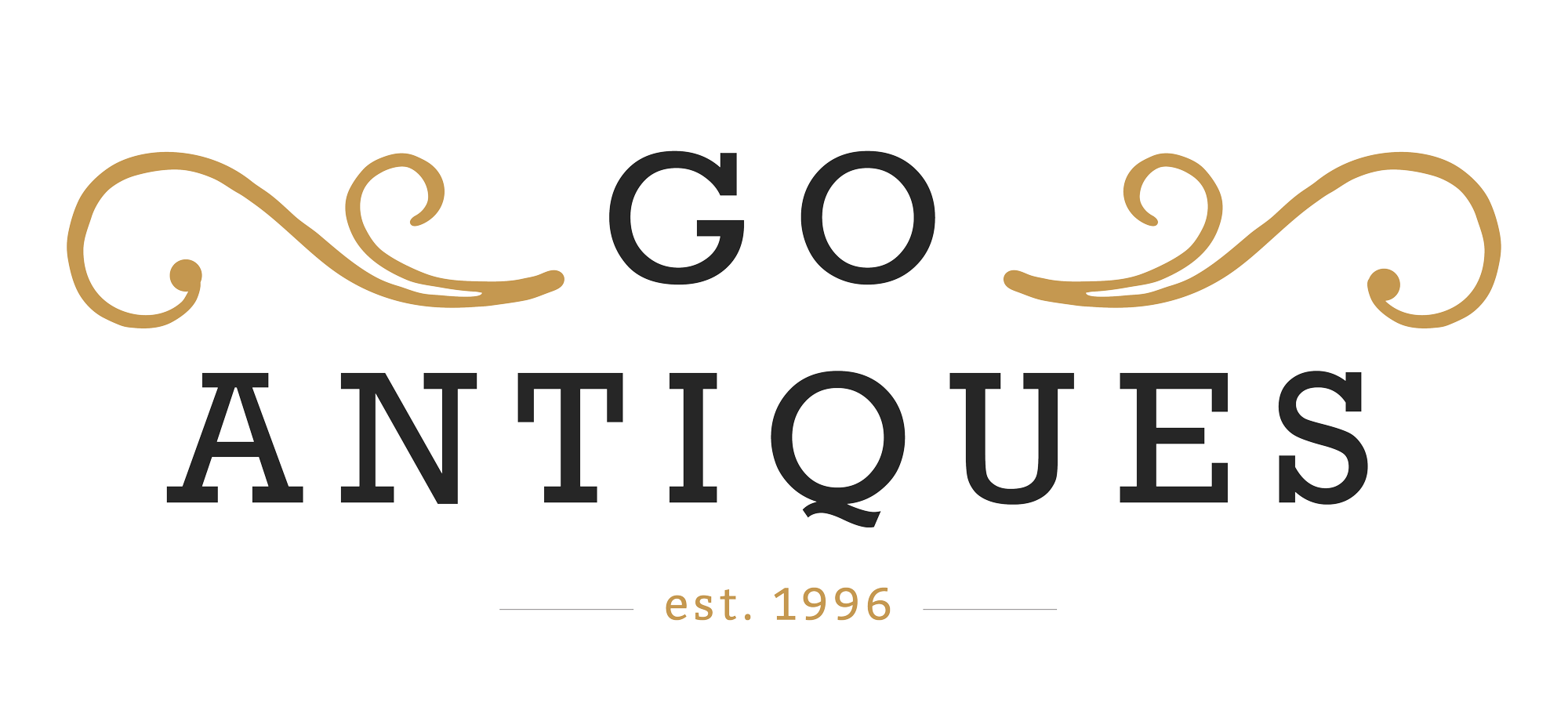This is Part 2 of an on-going series. Click here to see Part 1.
It doesn’t matter if you collect Fine Art or Funko Pops, the training method necessary to developing a good eye remains the same.
Whether you collect ephemera, antique furniture, or prehistoric animal parts, you can learn to be discerning. Using the five W and H questions before purchasing a new item will go far in improving your collection. The questions must be tailored to point you toward the elements you need to look for. However, even learning how to ask the question trains you. Learning to see past the obvious, you begin to analyze what you are seeing. Reading your collectible with a purpose, enables you to objectively determine if the item is a wise purchase.
The order in which you ask your 6 questions is not important. What is important is that you tailor each question to suit the genre of items you collect, and then internalize the questions so the asking becomes habitual. Finally, you must take the time to mentally answer those questions, and let the answers direct your buying.

“When?” obviously, is the time question that helps you place an item in its proper era. For Gemr user sullivananimation, this could be as simple as, “What year did Disney’s Fantasia hit theaters?” But if you collect the artwork that is part of the cartoon’s development, knowing the timeline of a cartoon movie’s production process is helpful. Storyboards, 2D and 3D modeling, sketchy “pencil tests,” and composited animation cels are sequential. They all speak to when, in the production process, an item was created. Sullivanimation’s Classic North American Animation collection includes elements from one franchise that spans over 60 years. Because Disney uses recurring characters, such as Mickey Mouse playing the role of The Sorcerer’s Apprentice in both Fantasia (1940) and Fantasia 2000 (1997), knowing when changes occurred within Disney’s animation production process can actually tell you whether an animation cel of Mickey is from 1940 or 1997.
The “When” questions you ask should compel you to look for those elements that are both easy and more difficult to see. Analyzing a production process often yields time indicators, materials, colors, and techniques not often used in modern production. Depending on what it is you collect, that could mean the use of square nails, hand stitching, hand applied ornamentation, or decorating techniques that would likely be machine applied today.

Your type of collection determines the span of time within which you need to be able to differentiate. A collector of clocks will have 300 years to categorize, while a collector of Star Wars related items has no more than about 40 years. “When” questions should encourage your eye to notice indicators or discrepancies that reveal whether a piece is “period appropriate,” or accurate in style, technique, materials, or packaging for the time frame from which it (supposedly) hails.
It may be that your item has, or does not have features that are important in determining its age. Marble collectors who would buy this rare, $250 marble on eBay must also note what the marble does not include to determine its age and value. They must look for an indicator of how the marble was made. If there is no “pontil,” the attachment point of a handmade glass blown marble, the marble is almost certainly machine made. When no pontil is visible, but there are other antique qualities, such as the caliber of the glass and colors, or the presence of bubbles, the contradiction itself will enable the collector to place a marble’s age within an era.

In a Gemr blog detailing how to avoid buying bootleg WWE action figures, we are told that “the devil is in the details.” This slowing down and asking your eye to pick out whether your item is correct for the way items of its kind were being illustrated, painted (in the techniques of the day), depicted, carved, packaged, accessorized, clothed, or manufactured at that time, is the purpose for asking the “When?” of the five W and H questions. Preparing yourself with the timelines you need, teaching yourself to stop, ask, and answer even just this one question will improve your eye considerably.
Another When Question might be, “When was this item made, were many or only a few made?” Can it still be found in great quantity, or is it rare? Is it so fragile, or seemingly unimportant, like matchbooks, that few are likely to survive into the future, regardless of the number that currently exist? With many collectibles, their condition, visual appeal, and scarcity are important influences on value.
Some of these questions could be shoehorned into several of the other 5 Questions. The analysis of manufacturing techniques could be considered How, Where, or even What Questions. But, which category a question falls under is like the order in which you ask the question: It matters less than the asking and answering itself. The formulaic part of the five W and one H questions is only a mnemonic aid. It’s like an anagram to help you remember, at that exciting moment of discovery, all the things to look for, and mentally process before you decide to buy. It is this process of thoughtful inquisition that is of value no matter what you collect.
This was part 2 of an on-going series. To see Part 3 click here.
Stay tuned for Part 3 of Developing a Discerning Eye!




